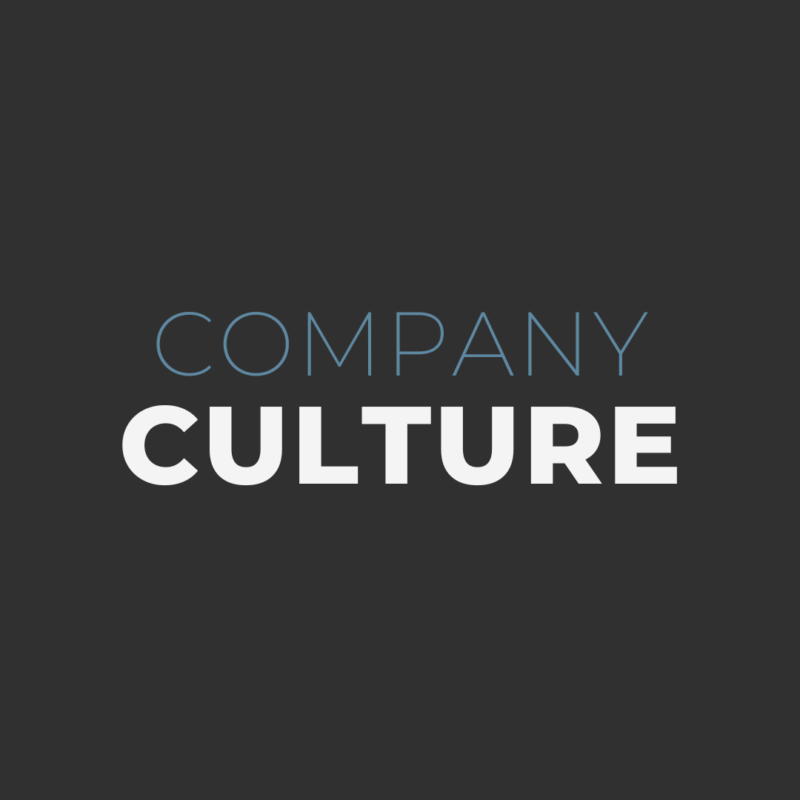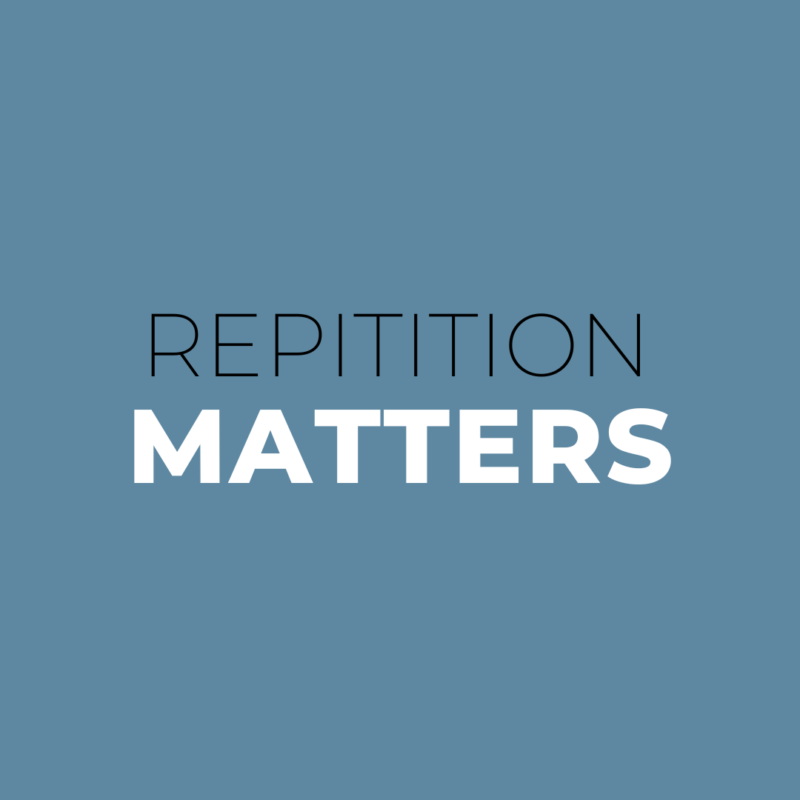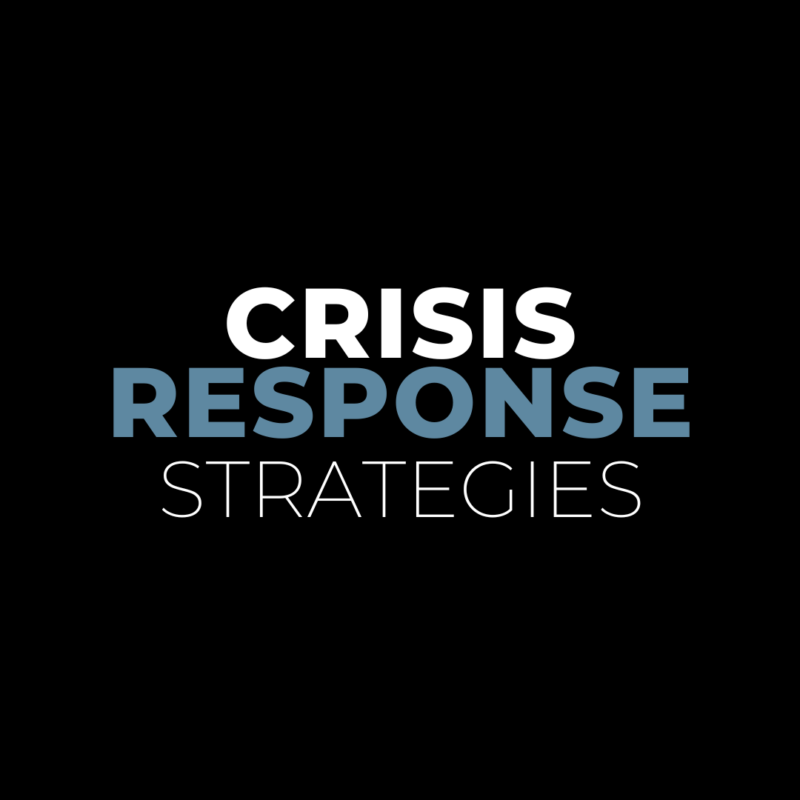Public relations as both a sword and a shield
A lot of turns of phrase in business stem from wartime language. Frontline is one of those terms. The poor souls relegated to the frontlines in traditional battles were responsible for holding ground above all else, often until they met their own demise. These soldiers were well trained, prepared for the battle they were about to face, and equipped with specially made tools to aid their efforts. The vision that comes to mind is the Bolton shields that proved devastating for Jon Snow’s forces until the Knights of the Vale arrived as lethal reinforcements. But this isn’t a Game of Thrones blog so I’ll get to the point.
In the modern workforce, frontline workers are subjected to much less peril than those who survived swords and rat-infested tent cities in Westeros. But they are still facing unpredictable and often challenging circumstances in their mission to provide stellar customer service. And yet, we find that many businesses are not conducting holistic training to equip them for their pivotal role. And as PR professionals, we are often asked to survey the aftermath and remedy the situation when a frontline interaction goes awry.
People in public-facing job roles already have a lot on their plate. They have to seamlessly balance technical and interpersonal job requirements, and that takes a lot of skill and training. And maybe businesses don’t weave public relations into their training because they don’t want to add another list of things to remember to their employees’ already burdened minds. But public relations training can be a sword and a shield for frontline workers, providing parameters that create clarity on how to react when the inevitable hard conversations arise.
Good public relations training can equip professionals with the freedom to shield themselves from tough conversations. For example, PR training can help workers navigate questions that they aren’t equipped to answer. An ultrasound technician can’t answer questions about the results of a person’s scans. If pushed for answers, a trained professional could say, “I know what it feels like to want answers to medical questions, but as the technician, I am not the right person to answer your questions. I am going to pass along the scans to the doctor who can help you understand your scans. You should be able to talk with them soon.” They now have tools to relay empathy, avoid the question and provide meaningful next steps for the patient.
PR training can also provide facts and situational awareness to determine when it’s best to take an offensive approach, wielding the communication sword within their arsenal. Say a member of your waitstaff has a disgruntled diner at one of their tables. With proper PR training, they don’t have to consult with a manager and keep the diner waiting to resolve the conversation. They can instead say, “I am so sorry to hear that your experience wasn’t up to par. I’ll gladly comp your meal and will provide information for you to have another meal on us to make up for it.” With information and authority to correct the situation, you can avoid a bad online review and instead earn an opportunity for a make-good.
As with all things, how effective your strategies are is dependent upon continued refinement and ongoing practice. You really have to commit to PR training, incorporating it in everything you do for your frontline staff. With practice, they will become an even more essential asset, protecting your brand while rendering their essential job services.
If you don’t know where to start with PR training, that’s OK. We can help. Connect with us today to learn more about our one-off and retainer-based PR training opportunities.


